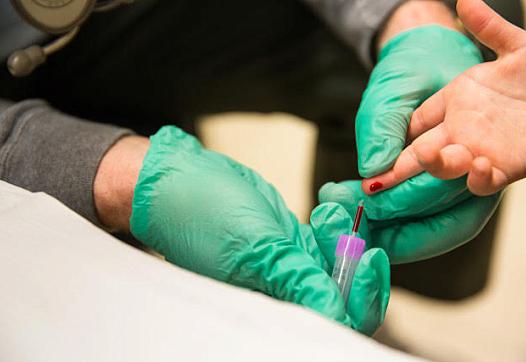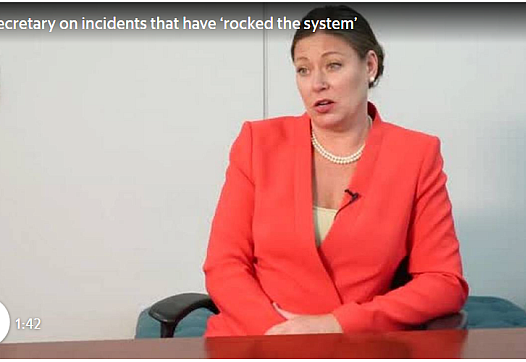
A family with a young child in Los Angeles found dangerous levels of lead in their rental. But they haven't been able to find another home in the region's extremely tight housing market.

A family with a young child in Los Angeles found dangerous levels of lead in their rental. But they haven't been able to find another home in the region's extremely tight housing market.
![[Photo by Paul Sableman via Flickr.]](/sites/default/files/styles/teaser_list_thumbnail_large/public/title_images/unnamed_217.jpg?itok=fIYj_isW)
Folks in underserved New Jersey face adversities that few in America ever even have to think about. How can the state turn the corner in addressing epidemic levels of trauma?
In California's Mendocino County, startling rates of suicide highlight a severe lack of access to mental health care.
![[Photo by Rolf Blauert via Wikimedia Commons]](/sites/default/files/styles/teaser_list_thumbnail_large/public/title_images/unnamed_216.jpg?itok=6ieNRriG)
The stories are horrendous: babies born in hospital lobbies, doctors needlessly amputating limbs, and dying patients diverted from emergency rooms.
![[Photo by jmiller291 via Flickr.]](/sites/default/files/styles/teaser_list_thumbnail_large/public/title_images/unnamed_215.jpg?itok=_NszT-Ie)
Hundreds of Arkansas children are thrown behind bars every year. Most haven’t committed a violent crime. Worse, the conditions they face in detention are abysmal.

This article and others in this series were produced as part of a project for the University of Southern California Center for Health Journalism’s National Fellowship, in conjunction with the USC Annenberg School for Communication and Journalism....

This article and others in this series were produced as part of a project for the University of Southern California Center for Health Journalism’s National Fellowship, in conjunction with the USC Annenberg School for Communication and Journalism....

They analyzed chipped paint in old homes, hunted down landlords, begged families to speak with them, and even got down on their hands and knees to collect contaminated soil.

Every ambitious reporter wants to move beyond stories describing problems to stories that spur solutions to problems. But how?
![[Photo by USDA via Flickr.]](/sites/default/files/styles/teaser_list_thumbnail_large/public/title_images/unnamed_211.jpg?itok=VB7kENvO)
Boys from one of the country’s most beleaguered neighborhoods show up to work four hours and earn $20 and life skills. Most have already experienced multiple traumas in their young lives.